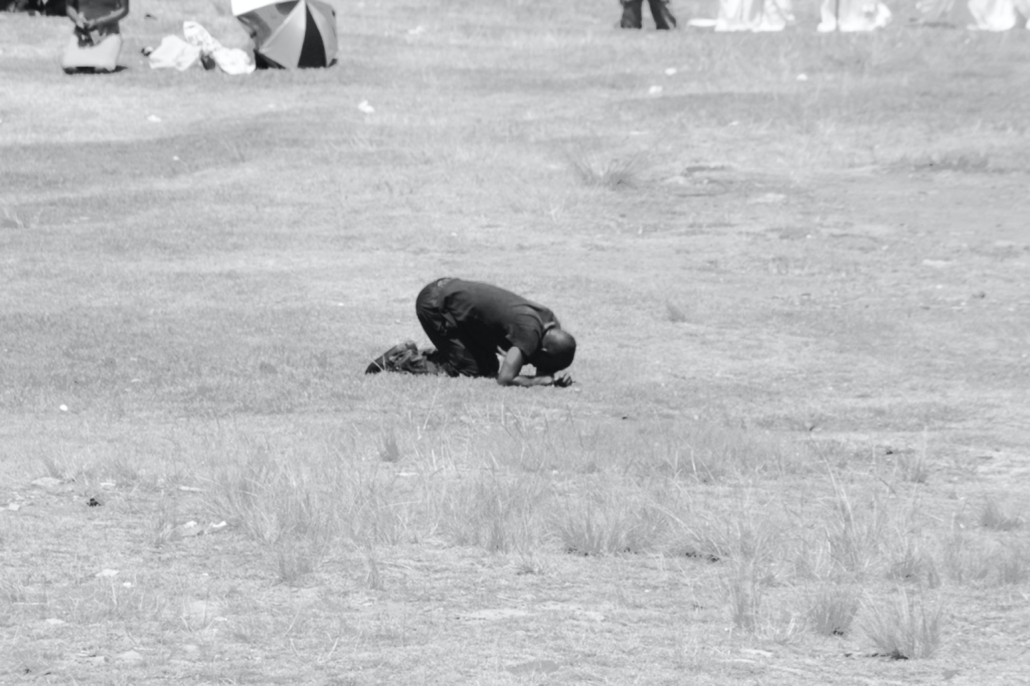Global Hunger: Tech Inventions Putting an End to It
 In 2021, the number of people affected by hunger globally rose to 828 million, according to the Food and Agriculture Organization. Lack of access to food, nutrients and water is a challenge that many people face, especially in underdeveloped countries. On the bright side, the following tech innovations are helping to put an end to global hunger.
In 2021, the number of people affected by hunger globally rose to 828 million, according to the Food and Agriculture Organization. Lack of access to food, nutrients and water is a challenge that many people face, especially in underdeveloped countries. On the bright side, the following tech innovations are helping to put an end to global hunger.
ShareTheMeal App
ShareTheMeal is a global app that allows you to donate meals to children in need all over the world. One in seven children does not have enough food to lead a healthy and active life. This app only requires one press of a button and $0.8 to feed a hungry child for one full day. The United Nations World Food Program provides the meal and shows you the location of the children you are helping. Its purpose is to empower people to end global hunger, and it has already shared at least 3 million meals across more than 80 countries.
Going Digital in Ethiopia
Around 83% of Ethiopians live in rural areas where many families are dependent on their own agricultural production. It is vital for them to have access to education on agronomic information. According to the Agricultural Transformation Agency (ATA), ensuring farmers receive up-to-date knowledge and data pertaining to agronomic information in a timely manner remains a great challenge in Ethiopia. However, Ethiopia now has an Agricultural and Farmer Hotline created by the ATA. With the creation of this hotline, about 500,000 users receive updated agronomic information on their cell phones via text messages and automated calls to help plan their operations. Having immediate access to new information will help smallholders make more informed decisions about their farming practices. The hotline also launched a Helpdesk that allows smallholders to ask questions and report issues to experts in the field.
The Sanku Dosifier
Nearly half of the deaths among children under 5 years old are linked to undernutrition according to WHO. Globally, 8,000 children die every day due to preventable illness because of the lack of basic minerals and vitamins in their diet. However, the award-winning Sanku’s Dosifier adds precise amounts of essential nutrients into flour during the milling process. Sanku’s solution focuses on communities living in poverty. Most of these communities cannot afford fresh, nutrient-dense food items, so instead they live on calorie-dense, nutrient-poor maize flour to ease their hunger. Sanku partners with millers whose customers have a high incidence of poverty. Around 95% of those that Sanku has reached live on less than $5 a day and struggle to intake all of the necessary nutrients. So far, 2 million lives have been impacted by the Sanku Dosifier.
Hippo Roller
The average distance for women and children to walk for water in Africa and Asia is 3.7 miles according to World Visions. These communities typically balance heavy loads of water on their head (about 5 gallons), making it hard to access clean water without exhaustion. However, Hippo Roller is a drum that rolls over most terrain and holds about 24 gallons of water per drum. This reduces the time and hard work put forth just to access clean water. So far, 65,000 rollers have impacted lives throughout 50+ countries.
WFP Innovation Accelerator Producing Less Food Waste
Almost one-fourth of produce grown for export in Kenya is rejected purely for its looks. According to WFP, that is the equivalent of throwing away 600,000 tomatoes every day purely because they “look ugly.” WFP launched a pilot project to change the destination of these vegetables from landfills to lunch by sending them into the country’s school meals program. The initiative is reducing food waste while also providing more meals for children in Kenya. Throughout the first four months of the initial project, WFP rescued more than five tons of produce and transformed it into meals for 2,200 children for 75 days.
– Paige Falk
Photo: Unsplash
